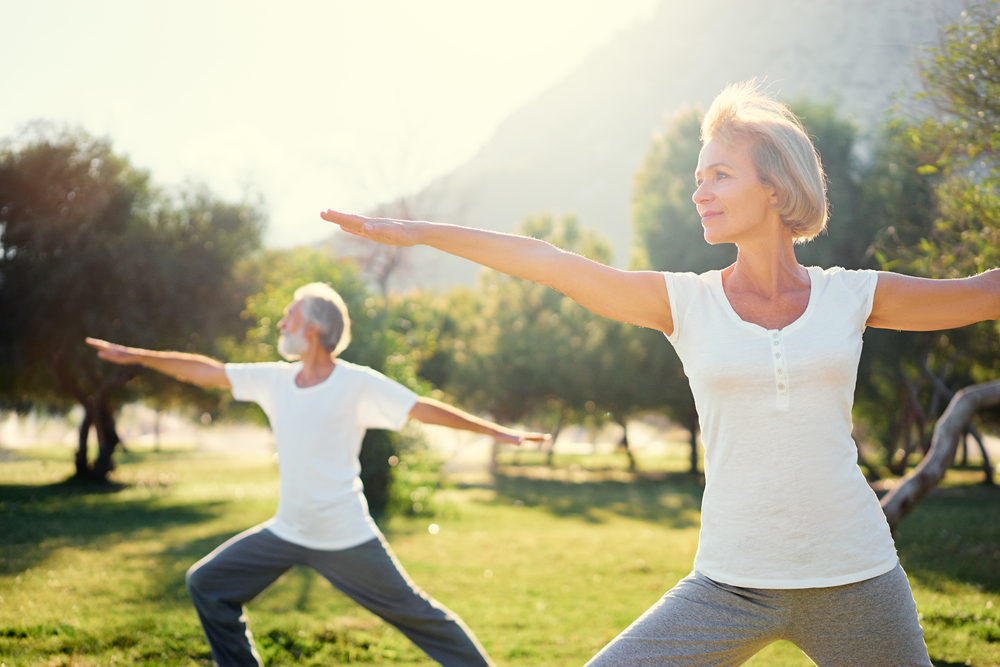
5 Surprising Reasons Why You Can’t Lose Weight
If you are constantly going out, drinking, not getting enough sleep, ordering takeout every day, and being a couch potato, it is obvious that the

If you are constantly going out, drinking, not getting enough sleep, ordering takeout every day, and being a couch potato, it is obvious that the

High blood pressure is considered to be one of the main risk factors that can lead to heart disease and even premature death. According to

Day by day, more and more people are deciding to exclude gluten from their diets, a group of proteins that is found in grains such

In the last few years, autoimmune diseases have become one of the main subjects among people when it comes to health. According to some data,

If you didn’t already know, autoimmune diseases are a constant threat to millions of Americans. If you’re wondering what they are, autoimmune disease is a

The older we become, the more we need to take care of what we eat. I remember learning this for the first time from my

Unfortunately for us, Covid-19 won’t be giving us a break in 2022 either. The new Omicron variant has been up and running all over the

During the winter, doctors have lots of patients that are often sick. They either have the flu or just a mild cold. We can only

Although the crisp winter air is a reason for joy for many winter lovers, if you don’t pay careful attention, the weather can really put

Certain body parts don’t need to be squeaky clean. Although stepping into a warm, steaming space feels like the best thing you can do after
© 2024 All rights reserved